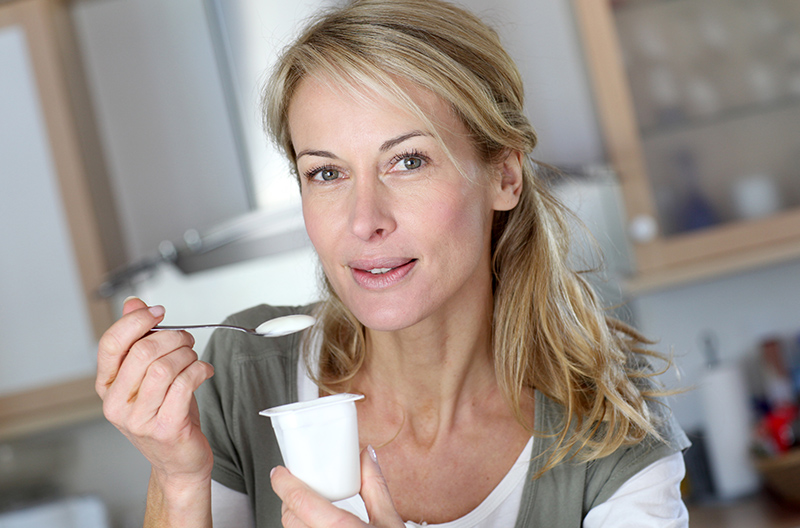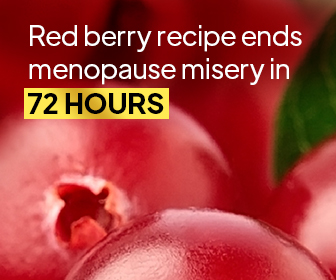It’s one of those things that you never really want to face as a woman. Yet the reality is that most of us will have one at some point in our lives. That’s right, we’re talking about yeast infections. It may be an undesirable and even embarrassing subject to discuss, but it’s a reality. The more you know about them the more that you can stay ahead of them and maybe even prevent them. A big part of this is learning what the greatest myths are surrounding yeast infections.
You’ve probably been told things about these pesky infections before that you believed. You really had no reason not to, and the fact is that much of this information may have sounded legitimate. Not only that, but the information sounded like it was founded on medical proof.
So, when you consider all the facts and you really look at the information you were provided, it started to make sense. You may have even changed your ways to accommodate this new information. In this article we’ll cover some of the most common myths and the truth behind them.
Stay Informed and Work Towards Possible Prevention
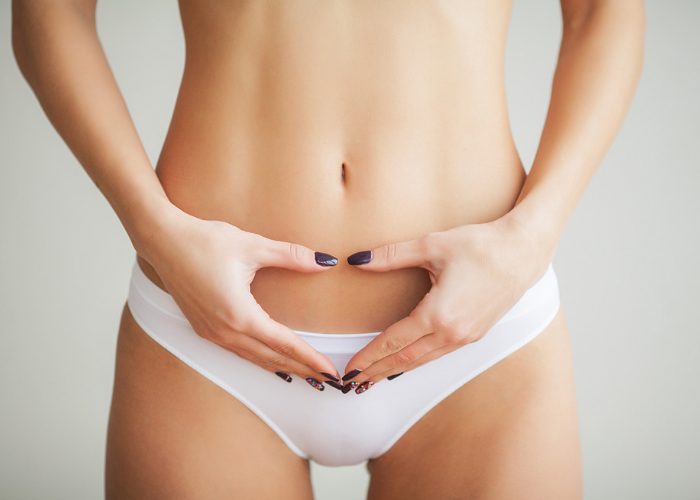
As a woman, you want to know what you can or can’t do to contribute to the likelihood of getting a yeast infection. Not only that, but you want to know which information is flawed or incorrect. The sooner that you know, the sooner you can take the necessary steps towards prevention.
First and foremost, it’s imperative that we take a look at all of the various myths surrounding yeast infections. If you know what is not true, then you can focus on what is true – you can arm yourself with correct information to create a healthy environment. You can make certain changes and avoid unnecessary effort that isn’t going to get you anywhere in the first place.
Though yeast infections are not going to hurt your health in the long term, they are certainly undesirable. Looking at the common myths about them can help you stay informed. There is a lot of information out there, but these are some of the top myths you need to stop believing right here and right now. So let’s take a look so you can focus on all the right information and ignore the wrong.
It Has Everything to Do with Sugar [1]

We already know that excess sugar is not good for the body. It has been linked to everything from diabetes to obesity and even the potential for cancer. Simply put, it is not something you want to indulge in frequently. That being said though, sugar is not the only contributor to yeast infections – it may not even be to blame for the yeast growing and turning into a full fledged infection.
Sugar can certainly contribute to both obesity and diabetes. It can of course cause problems with your insulin and blood sugar levels. There are a lot of things sugar can do which make it detrimental to your health but forming a direct link with the growth of yeast is not one of them.
You should always be smart about watching how much sugar you consume. It isn’t good and just like sodium or saturated fat, it is not going to help your health. The reality with yeast infections though is that they are usually caused by hormonal imbalances. This may be due to taking something like an antibiotic. It may be due to a hygiene issue or other health condition. There are plenty of reasons why yeast may develop and grow in the vagina.
While sugar may not be the only or biggest contributing factor to yeast infections, you should still be mindful of your sugar intake in general. Look at your diet and create a healthy lifestyle to improve and maintain your overall health and, indirectly, reduce the risk for yeast infections.
You Can Wash Away a Yeast Infection [2]
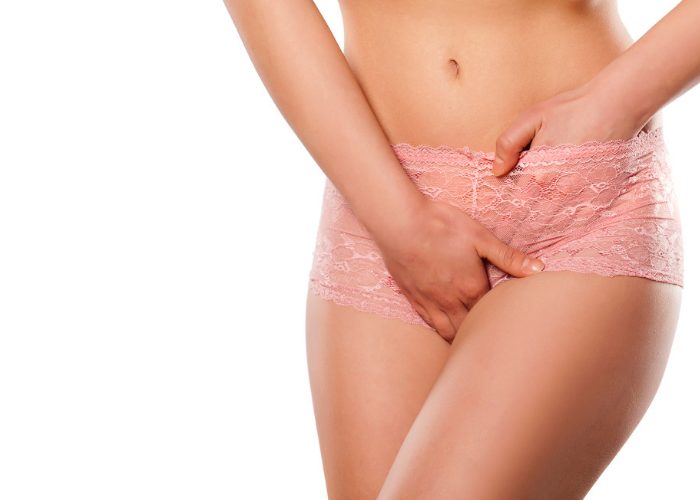
This sounds silly when you throw it out there, but yet there are far too many women who believe it. In the same way that you can’t wash away any sort of infection, you can’t do it with a yeast infection. Personal hygiene can be a contributing factor for yeast infections, but if you get one you won’t be able to wash it away.
If you know the symptoms of a yeast infection, you can be on the lookout. If something feels “off” you usually have a good indication of this early on. If you experience a drastic change in vaginal discharge – if it becomes white or thick – it is likely an indication that a yeast infection is developing. Once the horrible itching, burning, and uncomfortable sensation begins you know that you’re in the thick of a yeast infection.
Once you’ve noticed the signs of a yeast infection, you should talk to your doctor. He will be able to diagnose the infection and recommend a course of treatment. Treatment may involve medication or topical applications to soothe the affected area – it may also help to slow the progression of symptoms. If you try to wash away the infection, you’ll just end up leaving the area dry and irritated. Another mistake you should avoid is douching – you may end up increasing the growth of yeast, causing the infection to spread. When you do wash up, just use warm water on a wash cloth. Treat the area gently and let the medication do the work for you.
Sex is a Primary Cause for Yeast Infections

Yes, sex can put you at risk for certain infections if you’re not careful. You may develop a UTI or even a bladder infection. You may develop irritation, particularly if a condom is used. There are plenty of things that sex may contribute to, however, sex is not responsible for yeast infections.
First and foremost, you are not going to develop a yeast infection from having sex. You aren’t going to get one from having too much sex, too rough of sex, or even not taking care of yourself afterwards. There is not a direct link between sex and yeast infections. This comes as a big surprise to many women, as they have believed their entire life that one causes the other. Not true at all!
Another aspect to this is understanding that you can’t actually transmit a yeast infection to your partner. Though you may not admittedly feel up to sex when you are experiencing the discomfort of a yeast infection, you can’t actually transmit it if you do. You can’t give it to your partner and they can’t give it to you.
Eating Yogurt May Prevent Yeast Infections
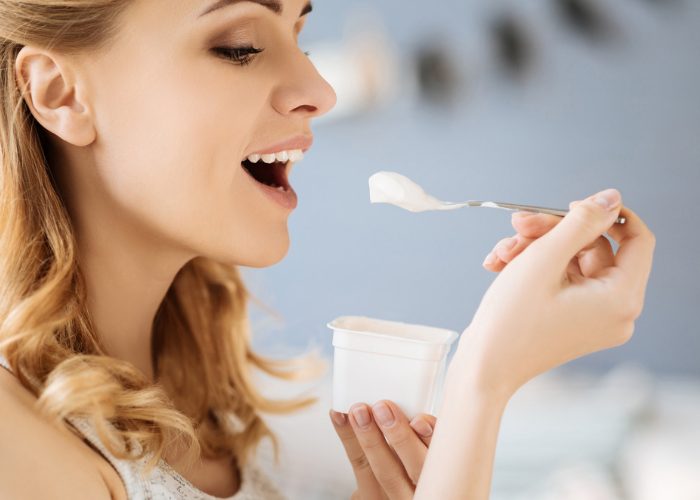
Yogurt offers many great health benefits, but you should be realistic about what it can and can’t do. The great thing about yogurt is that it can help to balance out your system, particularly your pH levels – this means that it may help if you already have a yeast infection. That being said though, you don’t want to look to it as a form of prevention.
You would have to eat a lot of yogurt to get all of the necessary health benefits out of it. Where yeast infections are concerned, you are not going to be able to eat enough yogurt to work towards prevention. However, eating yogurt may complement your medication if you already have a yeast infection. Be diligent about eating pure yogurt without sugar, and be realistic with what it can do for you where yeast infections are concerned.
Using Your Laptop Too Often Can Cause Yeast Infection

This may be one of the most ridiculous myths out there, but it’s something that you need to pay close attention to. It will definitely be something you tune into if you happen to use your laptop on your lap often. Can it really be true? If you are putting this computer on your lap, can it cause you to get more yeast infections? The answer is absolutely not!
The vagina is already a warm and dark place where bacteria loves to gather in and stay. If you are going to get a yeast infection it is due to something going on within your vagina specifically – it has nothing to do with resting your laptop in this general area. Yeast infections often happen due to some sort of imbalance, likely hormonal in nature. When this imbalance happens, the yeast starts to grow in the vagina. You are neither helping nor hurting your chances of getting a yeast infection by using your laptop.
Yeast infections have much more to do with your hygiene, with your hormones, and with the other factors. Go ahead and use that laptop and know that it will have no bearing on your likelihood of developing a yeast infection. This is definitely a myth that you need not ever believe!
Summary: What Should You Do Now?
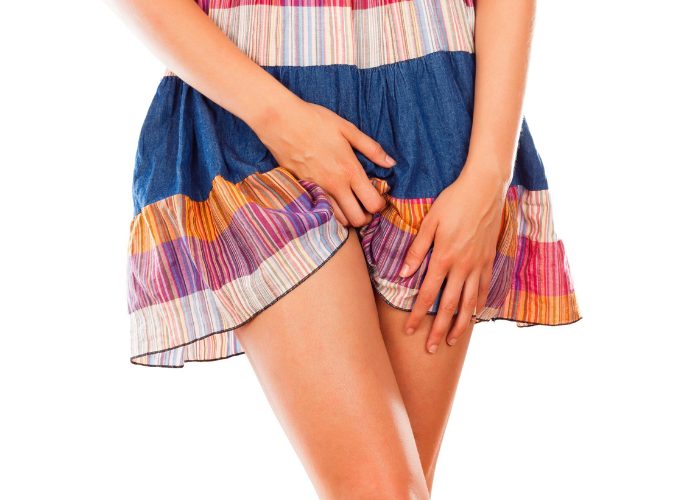
You know your body better than anyone else, so you know when something just isn’t right. That knowledge and insight can help you recognize when something is wrong, such as a developing yeast infection, and you can learn to work with your body to work prevent illnesses like this.
You should, however, be aware of the myths surrounding yeast infections, as this can help you become an informed woman. Knowing what is right, what is wrong, what is flawed information, and what you should actually be focused on is what can help you in the long run.
Action Steps: Tips for Understanding Yeast Infections
- Understand what the biggest myths are about yeast infections, so you don’t believe false information.
- Make healthy changes to your diet and lifestyle to keep your body healthy and, indirectly, reduce the risk for yeast infections.
- Work towards prevention using solid tactics and true information
- Know what the best treatment plan is and utilize this and the right medical advice
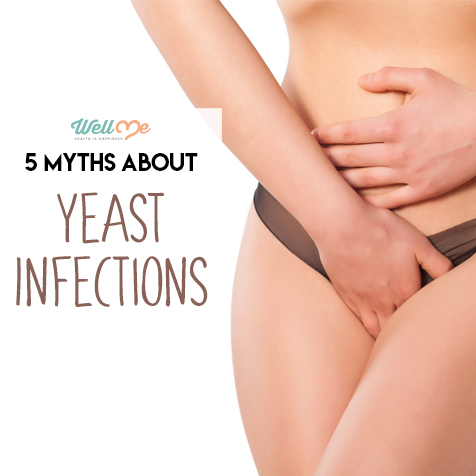
Yeast infections are undoubtedly one of the most undesirable aspects of women’s health but being informed and educated can help you prevent these infections or treat them more efficiently – that means knowing the myths and the truth behind them. You are your own best advocate and if you know what information is flawed, then you can work towards creating the best and healthiest possible environment in your body.
References
- [1] 7 Yeast Infection Myths You Need To Stop Believing Prevention https://www.prevention.com/health/7-yeast-infection-myths-you-need-to-stop-believing/slide/1
- [2] The 5 Biggest Yeast Infection Myths-Debunked Shape https://www.shape.com/lifestyle/mind-and-body/5-biggest-yeast-infection-myths-debunked

